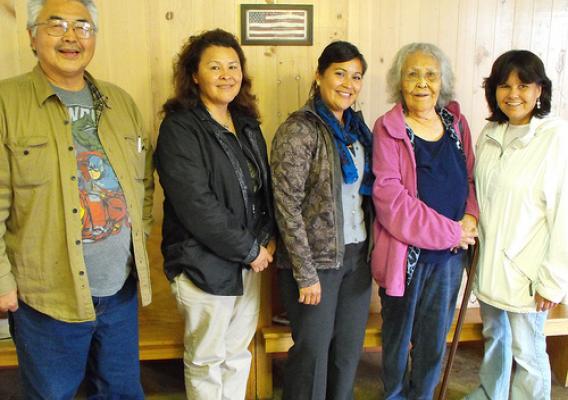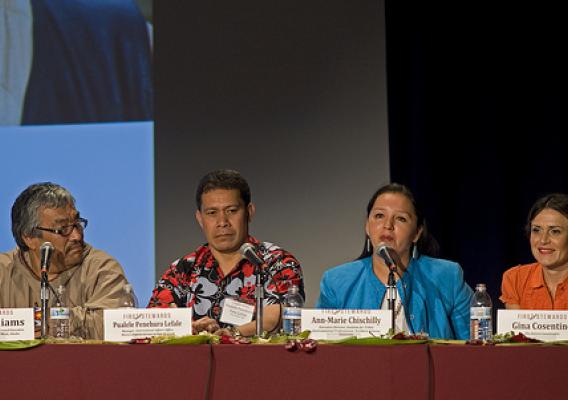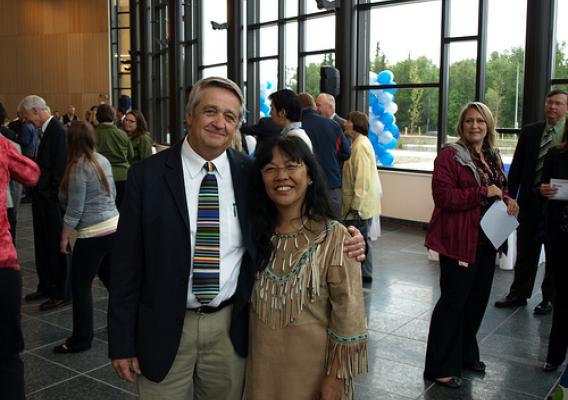On a beautiful, bright Sunday in August, members of the Alaska USDA-Rural Development team met with the leadership of the new Sunshine Community Health Center and other funders to celebrate the grand opening of the new healthcare facility in Willow. They were joined by members of the surrounding communities which this new clinic will serve, including Willow, Houston and Skwentna, Alaska.
The old healthcare building of some 1,400 square feet had grown outdated in both accommodations for staff and residents needing medical services. The work space to provide private exams and perform much needed medical procedures was too small and no longer met the required protocols.
“The new building is a 6,800 square foot facility that houses six new exam rooms, allowing the clinic to expand and supply necessary healthcare expertise and services to the residents of the surrounding service area. It will provide many new jobs ranging from entry-level support personnel to professional and bring higher levels of medical services,” said Rural Development Alaska State Director Jim Nordlund.









